Cloud Deployment: The AI Engineer‘s Journey with AWS and Azure
This article contains AI assisted creative content
Nowadays, AI is no longer an elite game confined to laboratories; it has become a practical battlefield running on the cloud. AWS and Azure—these two digital kingdoms—have attracted countless enterprises to entrust their intelligent applications due to their comprehensive and continuously evolving service ecosystems. For engineers eager to seize opportunities in “unlimited computing power,” “elastic scaling,” and “fully managed services,” official cloud certifications are the most direct and authoritative pass.
The Power of Cloud Ecosystems: From “Underlying Driver” to “Business Empowerment”
In traditional architectures, model training is often limited by local computing power and storage bottlenecks, while deployment must deal with complex operations and elasticity challenges. AWS and Azure resolve these pain points one by one: AWS builds elastic compute power and massive storage through EC2 and S3, while Azure deeply integrates AI services into Azure Resource Manager and Cosmos DB platforms. Choosing a cloud vendor certification means you not only master model building and tuning, but also can manage the full process from data ingestion to online inference, thereby operating smoothly in scenarios like financial risk control, intelligent customer service, or smart manufacturing.
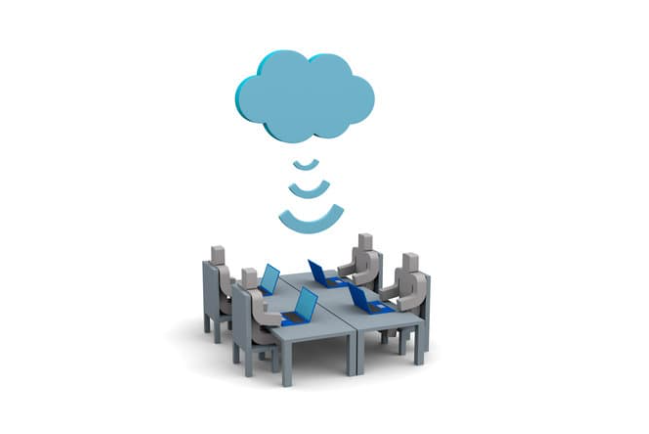
On the AWS Journey: Entering the Hall of Machine Learning Specialty
As an AWS Certified Machine Learning – Specialty candidate, you learn how to let data flow in the cloud and let models run swiftly on managed services. The exam is not a dry test of theory but explores how each step “takes root” in practice:
Data Engineering: You need to weave an efficient data mesh between Glue and Kinesis, ensuring seamless integration of streaming and batch data. Building indexes, cleaning noise, then pushing data to Redshift or S3 all test your architectural sensitivity.
Exploratory Analysis: Using SageMaker Notebook, you write Python code and leverage QuickSight to draw dynamic charts, uncovering patterns and anomalies behind the data—which is the foundation of model success.
Algorithm Modeling:From linear regression to graph neural networks, from overfitting traps to hyperparameter tuning, every choice can determine the model's fate. Only by using AutoGluon alongside custom training scripts can you perfectly execute an end-to-end pipeline on SageMaker.
Operations and Monitoring: After model deployment, CloudWatch alarms and Model Monitor insights become your “AI eyes,” helping you detect performance drift and data bias in time to ensure stable service operation.
In a project at a large insurance group, a team holding ML Specialty certifications started from data ingestion. They captured customer behavior streams using Kinesis, trained deep neural networks on SageMaker, and gradually released the model through staged deployment. Within less than one quarter, the fraud interception rate rose from 45% to 72%, saving the company tens of millions in costs annually.
AWS AI Practitioner: From “Apprentice” to “Scenario Driver”
If ML Specialty is the path of deep craftsmanship in algorithms and operations, AWS AI Practitioner (AIF-C01) acts as a bridge connecting fundamentals and innovation. It not only covers traditional machine learning frameworks but also brings generative AI and large language models (LLMs) into view, allowing you to experience how cutting-edge technologies reshape business between Bedrock and Comprehend:
In the exam, you might need to design a multi-turn dialogue system using Lex to handle user intents and store conversation states in DynamoDB; or fine-tune a GPT model on SageMaker while ensuring generated content is efficient and compliant through privacy enhancement and bias detection. The passing score of 700 points is not just a formality but a dual confirmation of your scenario implementation skills and technical depth.
Fighting on Azure's Field: Deconstruction and Reconstruction in AI-102
Switching to the Microsoft camp, the AI Engineer Associate (AI-102) certification stage is more diverse. In the past, AI was a “black box” in the backend; now, you will deconstruct, reconstruct, and integrate it into end-to-end business workflows. From Custom Vision's image recognition, Text Analytics'sentiment analysis, to Azure OpenAI Service's text generation, every skill must be polished in actual projects:
Imagine a global retailer using Azure Functions and Cognitive Search to build a multi-dimensional search engine for billions of products in real time; or a logistics company combining Form Recognizer with Logic Apps to automate transport document auditing—these stories are transformed into vivid cases in AI-102 exam questions, allowing candidates to feel as if they are in real production environments.
Career Path: When to Embark on Which Cloud Journey?
If your daily work involves optimizing large-scale training pipelines and maintaining model stability online, AWS ML Specialty provides the richest practical toolbox. If you focus more on quickly introducing generative AI or LLMs into business scenarios, AWS AI Practitioner is undoubtedly an accelerator. For engineers who want to specialize in multimodal services and cloud-native integrations, Azure AI-102—with its clear service boundaries and powerful monitoring capabilities—is an ideal choice.
Cloud certifications are not the destination but the starting point of a new journey. In the next article, we will step into the core domain of “Frameworks and Ecosystems,” comparing TensorFlow Developer Certification and Huawei AI Certification, injecting more choices and inspiration into your career planning.
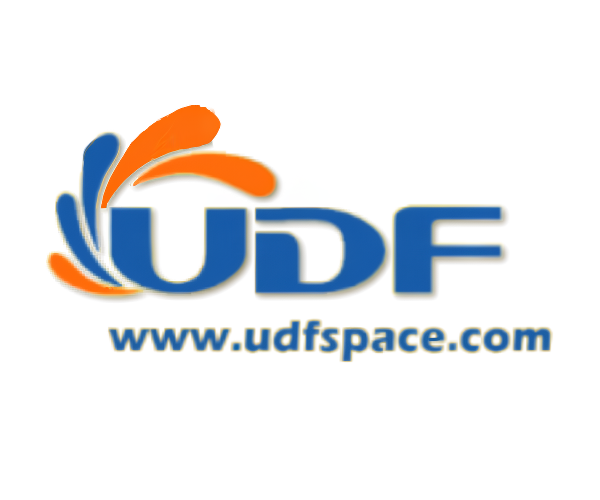




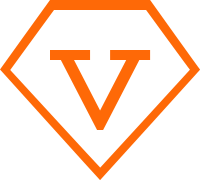


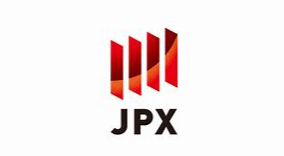
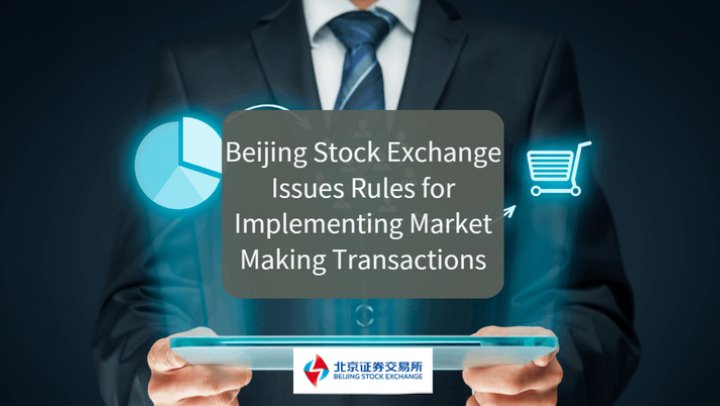



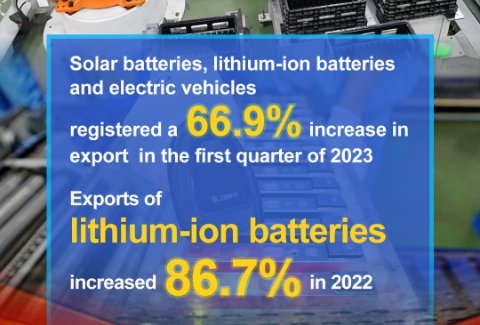

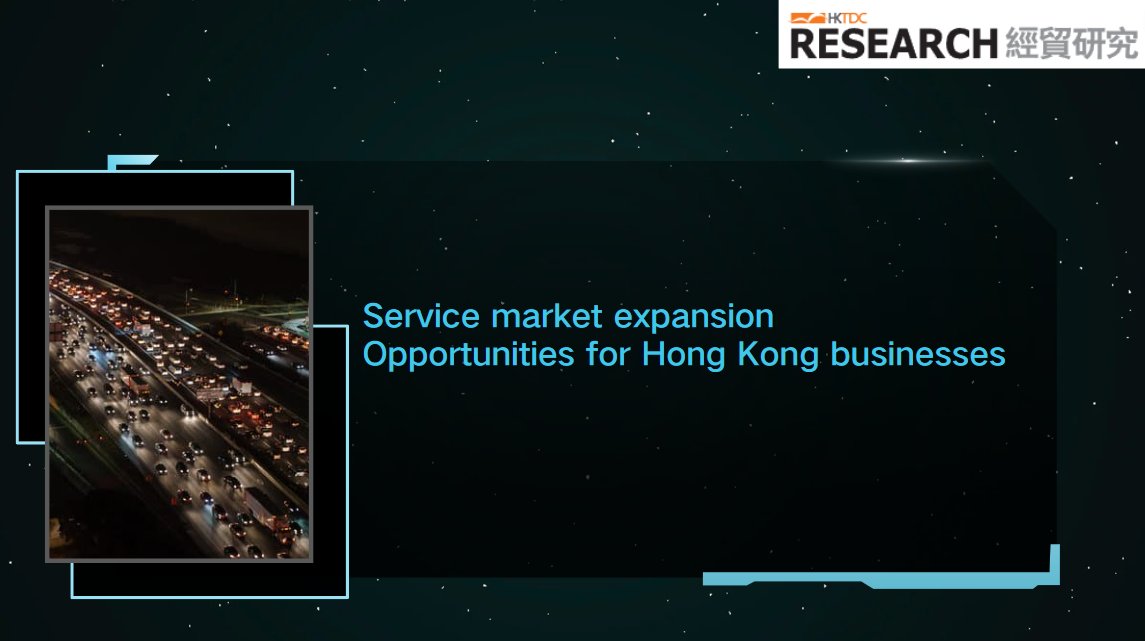
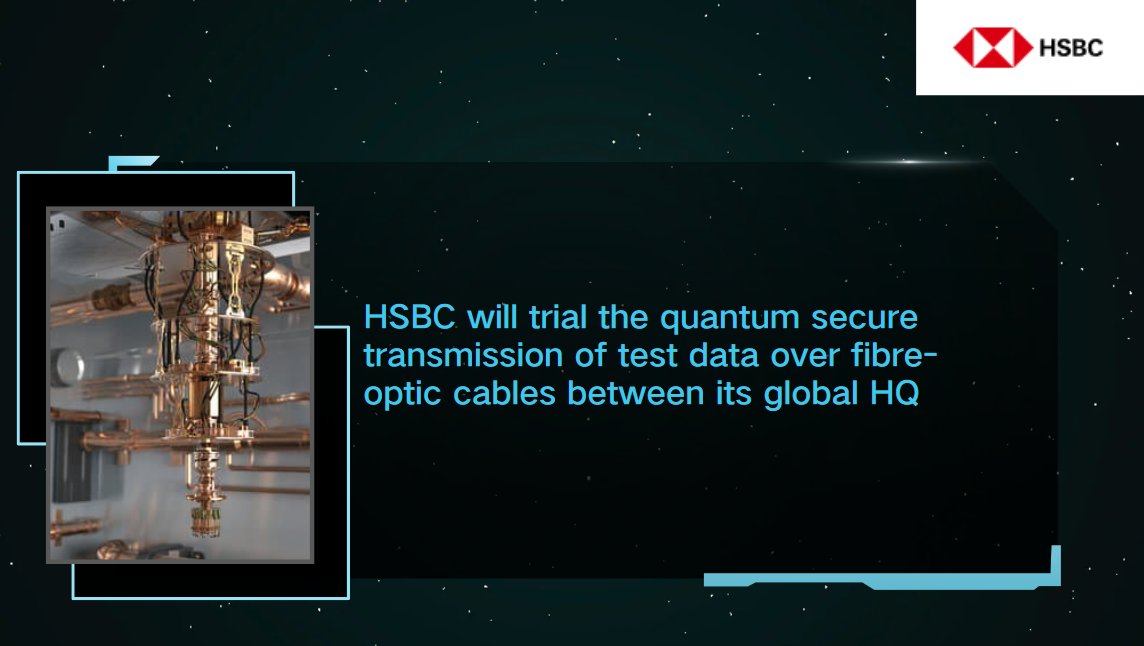
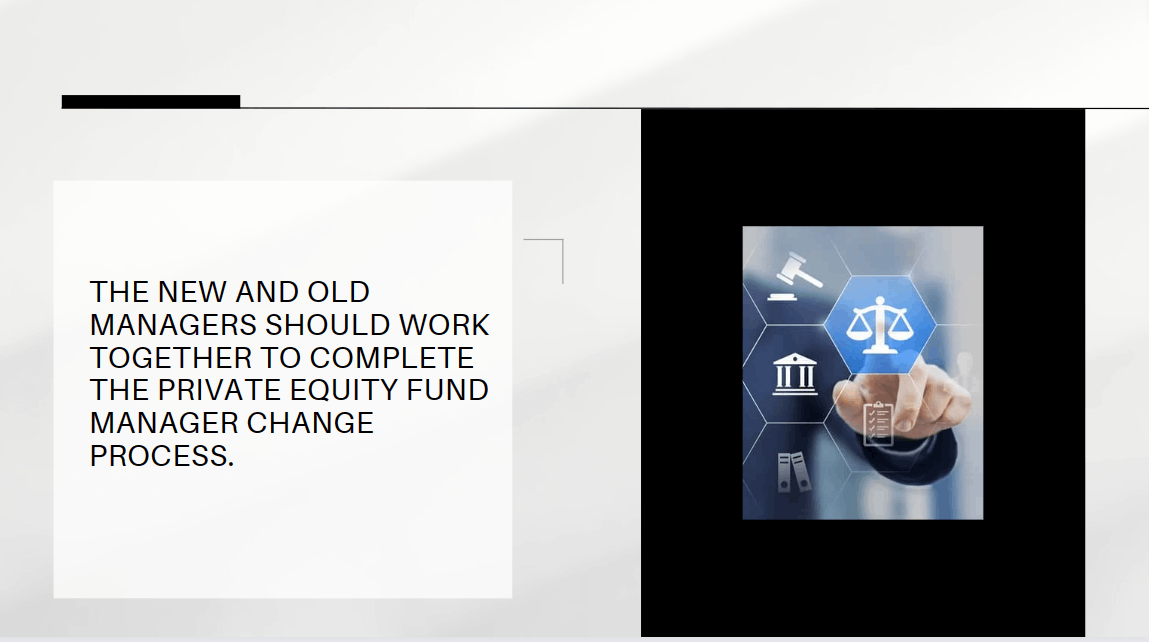
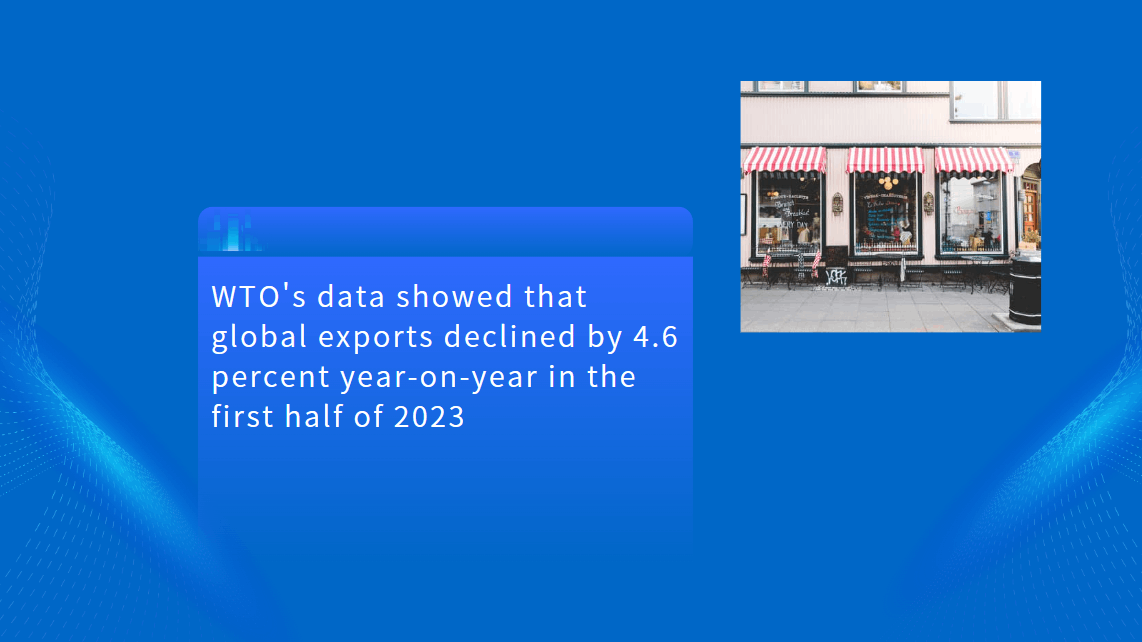


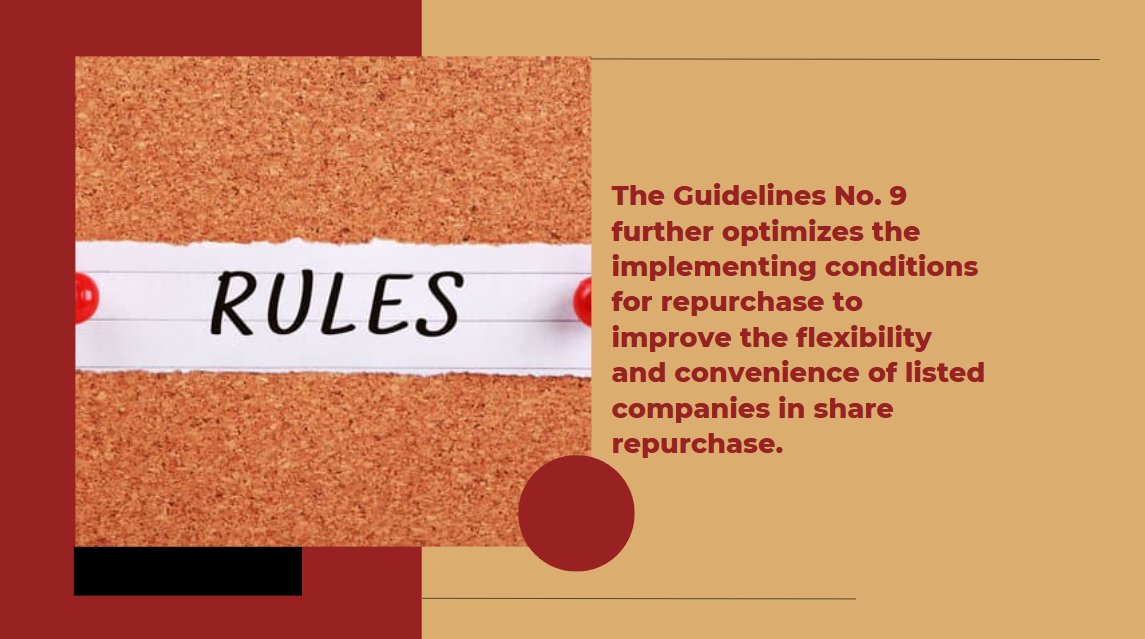














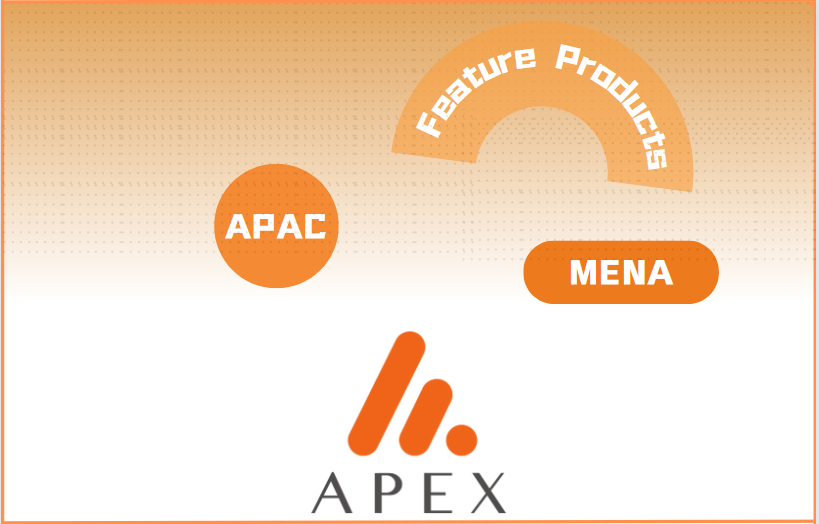

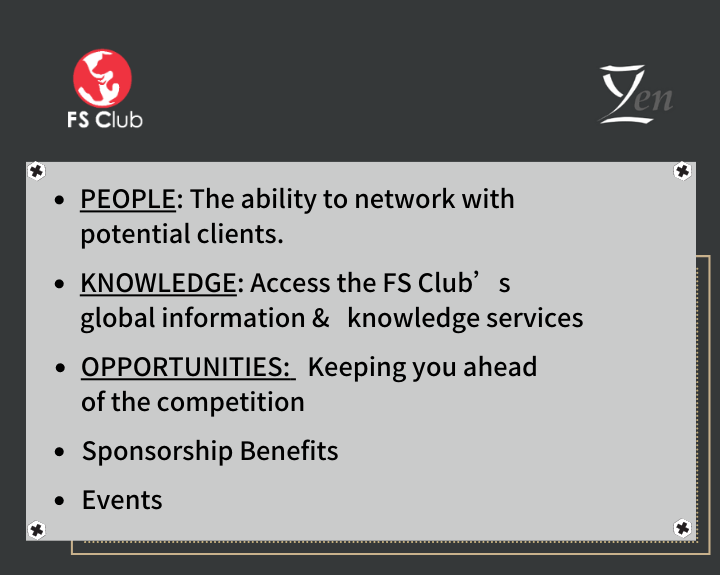













First, please LoginComment After ~